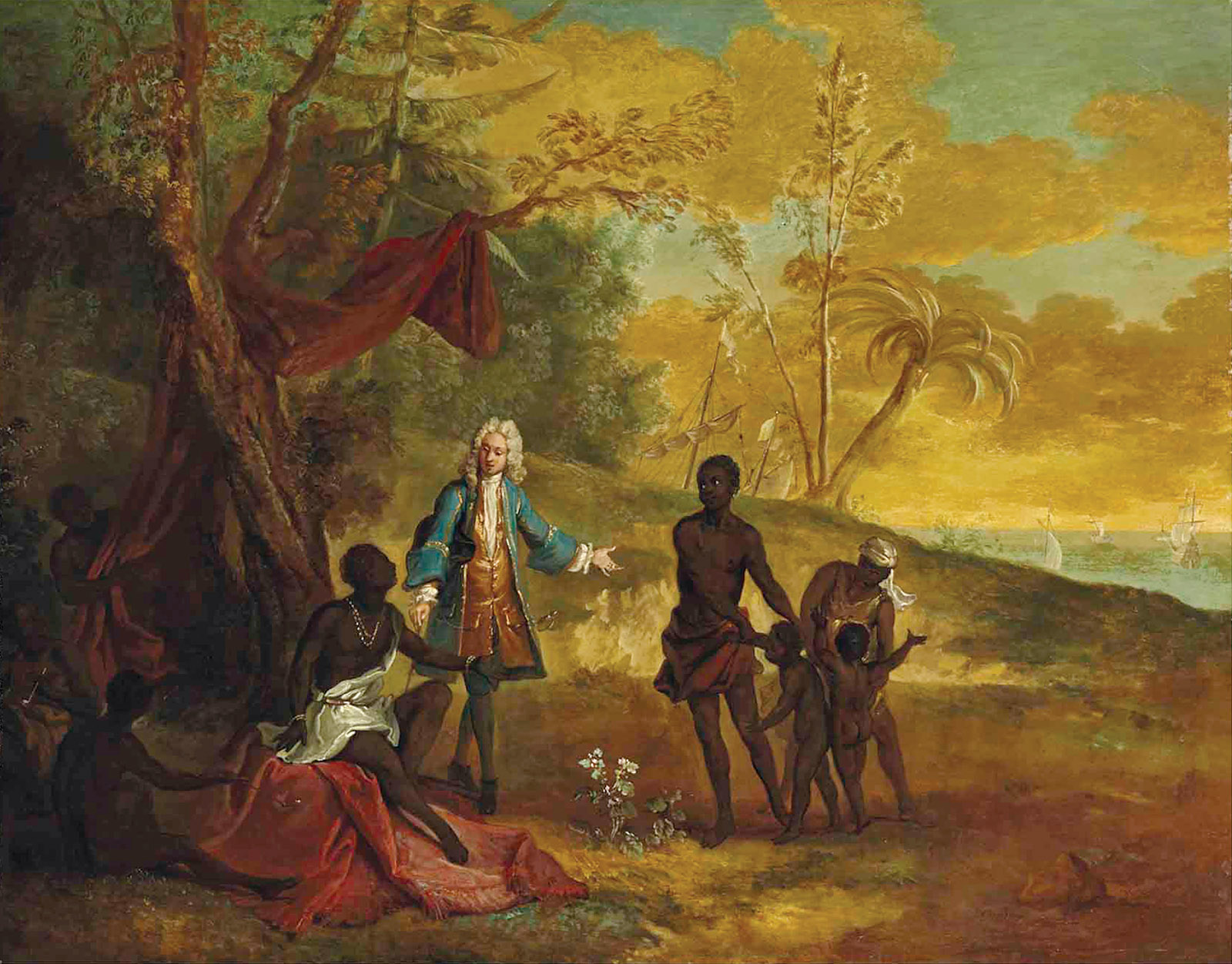The New York Review
2021-12-16
Henry Louis Gates Jr., Alfonse Fletcher Jr. University Professor; Director of the Hutchins Center for African and African American Research
Harvard University, Cambridge, Massachusetts
Andrew S. Curran, William Armstrong Professor of the Humanities
Wesleyan University, Middletown, Connecticut

In 1741, Bordeaux’s Royal Academy of Sciences held an essay contest searching for the origin of “blackness.” The results help us see how Enlightenment thinkers justified chattel slavery.
In 1712 King Louis XIV of France signed the lettres patentes that formally established Bordeaux’s Royal Academy of Sciences, Belles Lettres, and Arts, a social club of intellectual inquiry and public edification. In contrast to the more conservative University of Bordeaux, whose primary objective was to educate the country’s priests, doctors, and lawyers through lessons compatible with Scripture, the Bordeaux Academy saw itself as “enlightened”: its objective was advancing scientific truth as part of a larger program intended to promote “mankind’s happiness.”
Every year, the academy organized an essay contest that it publicized throughout Europe. In 1739 the members announced the subject of the competition for 1741: “Quelle est la cause physique de la couleur des nègres, de la qualité de leur cheveux, et de la dégénération de l’un et de l’autre?” (“What is the physical cause of the Negro’s color, the quality of [the Negro’s] hair, and the degeneration of both [Negro hair and skin]?”) Embedded in this question was the academy’s assumption that something had happened to “Negroes” that had caused them to degenerate, to turn black and grow unusual hair. In short, the academy wanted to know who is black, and why. It wanted to know, too, what being black signified. The winner was promised a gold medal worth three hundred livres, roughly the annual earnings of a common worker at the time.
The 1741 contest was only the latest iteration of non-Africans’ fascination with dark skin. When the ancient Greeks, Romans, and Arabic peoples first described the inhabitants of Africa, it was Africans’ color that struck them most. Over many centuries, African “blackness” grew into an all-encompassing signifier that substituted for the range of reddish, yellowish, and blackish-brown colors that the skins of Africans actually express. The color black also became synonymous with the land itself; many of the geographical names that outsiders assigned to sub-Saharan Africa—Niger, Nigritia, Sudan, Zanzibar—contain the etymological roots of the word “black.” The most telling example is the name Ethiopia. Derived from the Greek aitho (I burn) and ops (face), it became the most widespread label for the entire sub-Saharan portion of the continent until the late seventeenth century. It even hinted at the cause of blackness itself…
Read the entire article here.